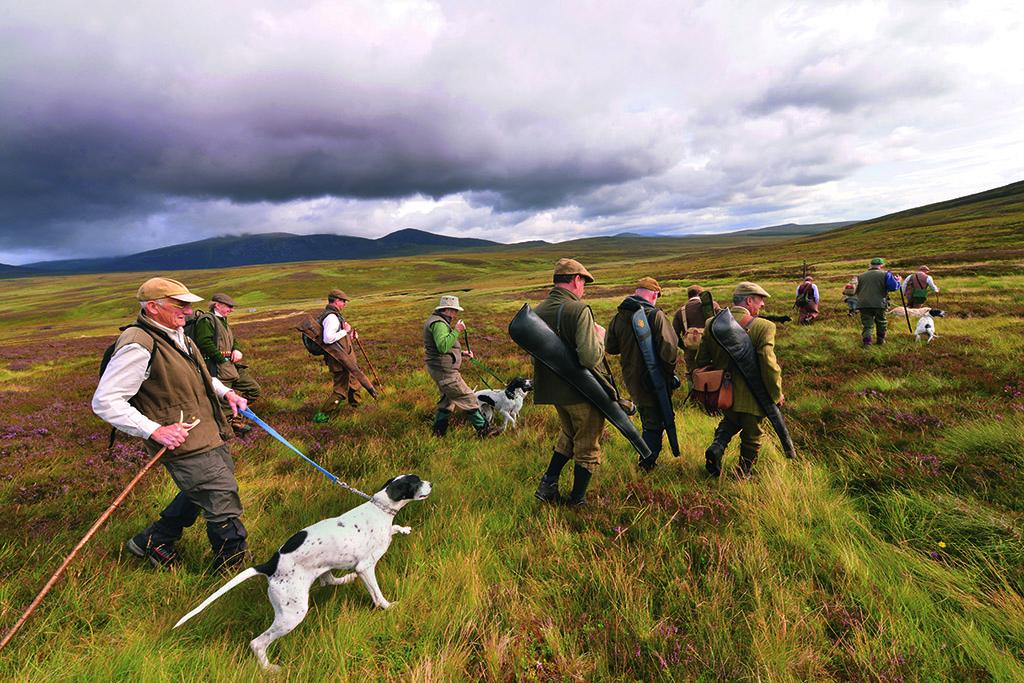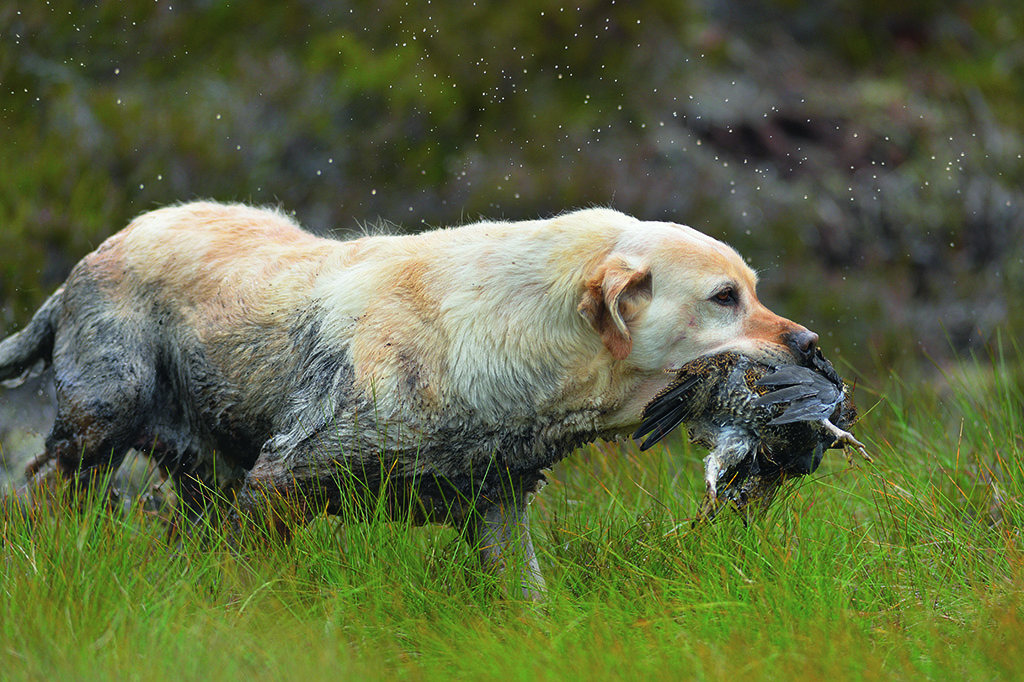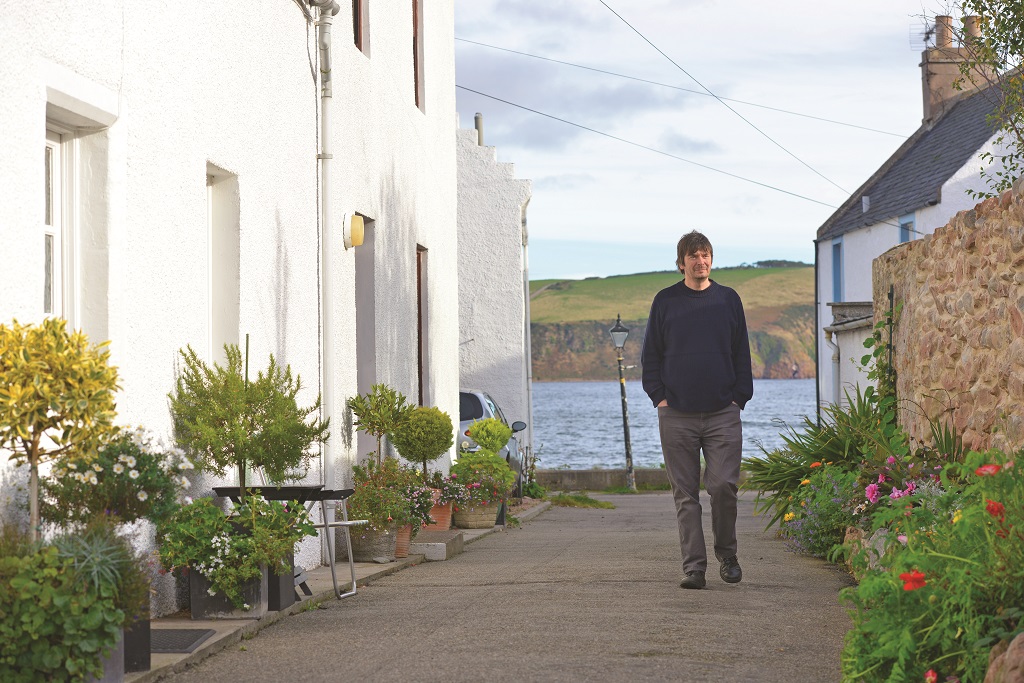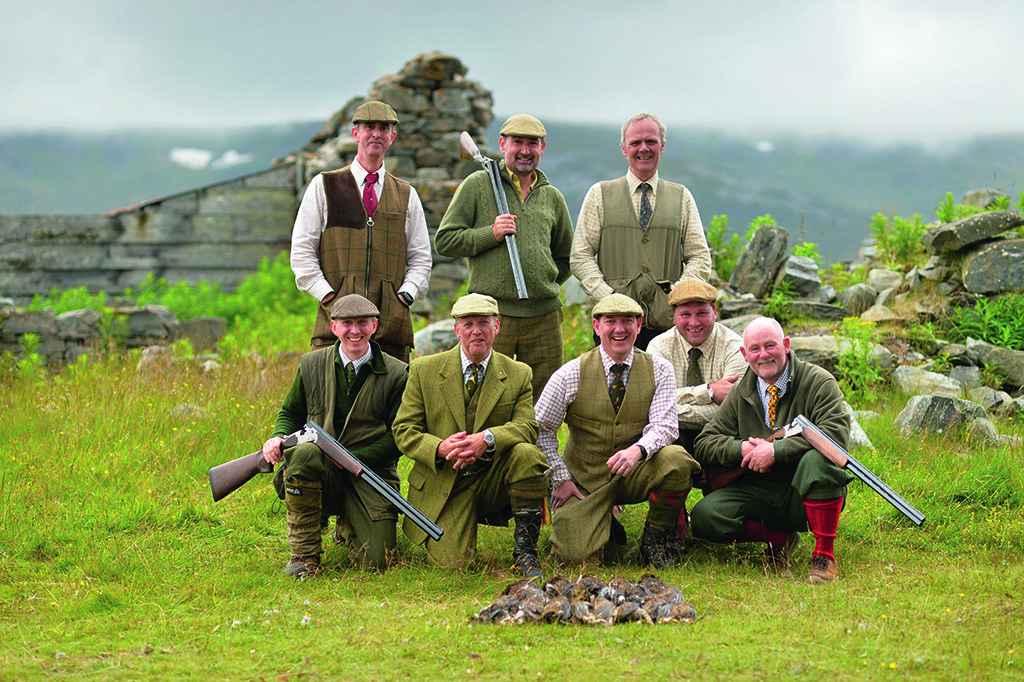
The moor the merrier with shooting in Deeside
What better, more inclusive or more sustainable way to spend a day than shooting walked-up grouse over pointers in bonny Deeside?
There are two things in life that I never say no to, the second of which is grouse shooting in August.
So when the National Trust for Scotland invited me to do a day’s shooting of these wonderful birds over pointers high on the hills of the Mar Lodge Estate in the Cairngorms, I really didn’t have to think twice.
There is a common fallacy that you have to be either rich or posh to shoot grouse. Neither is true and I was soon to learn that estates like Mar Lodge are leading the way in making sure that you need neither very deep pockets nor be second cousin to the Queen in order to enjoy the breathtaking sport that Scotland’s red grouse offer.
The day in question dawned bright and promising. The festivities commenced with an early rendezvous at the Mar Lodge gun room, where I met my fellow sportsmen – a jovial party of seven guns who hailed from all four corners of the country and were on their fifth visit to this Deeside estate in as many years.
Headkeeper Chris Murphy and his under-keeper Dan Ewart were waiting for us, dressed smartly in the mottled heathery shades of the Mar Lodge tweeds. The excited dogs whined restlessly in their nearby kennels, desperate to get to the hills. Without a hint of the forelock-touching atmosphere that so often underpins these events, Chris delivered a clear and assured safety briefing and then we were off.

The party walk towards Glen Geldie (Photo: Angus Blackburn)
Our destination was Glen Geldie, around 10 miles out on a bumpy hill track in the estate Land Rovers. The route took us past the Linn of Dee, where the river funnels through a narrow craggy gorge framed by Caledonian pine and juniper shrub (the estate also has eight miles of salmon fishing in gorgeous upland surroundings) and then on we went, deeper into the hills with a stunning moorland landscape of purple, brown and green opening up before us.
‘The estate is 72,000 acres, with half of that used for shooting,’ Chris explained as we rattled along. ‘When it comes to grouse we offer both walked-up days and shooting over pointers, with an average bag of around 10 to 20 brace.’
On the way we saw both walkers and mountain-bikers out enjoying the hills as the long-awaited burst of Scottish summer finally arrived. The late Ann Marie Salvesen, the reclusive heiress who worked as a prep school matron at Clifton Hall and Cargilfield schools in Edinburgh but assisted the NTS purchase of the estate in 1995 through an anonymous donation of £4.5 million, would have been happy to see that her wish of widespread access to the estate was being so faithfully adhered to.
After nearly an hour we reached an old ruined shieling, the site of the former Geldie Lodge, which was used as a hunting lodge over 100 years ago. It would be difficult to imagine a more remote location. A sweeping carpet of purple heather and blaeberries stretched into the far distance, interspersed only by peat hags and dark green patches of deer grass. High above us the rolling mass of Carn an Fhidhleir was shrouded in a light mist.

Dan Ewart’s labrador retrieves a grouse (Photo: Angus Blackburn)
This Munro is famous for being the birthplace of the headwaters of burns that feed into all three of the mighty rivers of Highland Scotland – the Dee, the Spey and the Tay. We really were in the very deepest heart of the Highlands.
We all spilled out of the vehicles and while the dog handlers prepared five sleek and mustard-keen English pointers, shoot captain Robin Bates from Lincolnshire ran us through the drill. A single dog would be scenting out ahead with two guns at a time walking quietly behind. When the dog goes on to point, the guns will move up slowly alongside and wait for the birds to flush.
Robin was to instruct the order of guns to shoot, with each one taking their turn. The real joy of this type of shooting is that it affords a superb opportunity to spectate one of the purest forms of hunting where dog and man work intricately together. ‘It also gives us all a chance to have a good laugh when you miss,’ he added with a smirk. (He was to regret that comment later).
We set off, with the dogs out ahead and the first pair of guns poised. Within 20 minutes we had flushed three coveys and a brace had been shot by the first appointed guns. It wasn’t long before I was called up for my turn alongside Gary Tatterton, a taxidermist from Wetherby.
Within 100 yards Tom, a rangy and experienced eight-year-old pointer, went onto a solid point. Cartridges loaded and heartbeats racing, we moved up tentatively. Suddenly a grouse broke to the right and Gary dispatched it quickly, leaving a faint smell of burnt powder as the bird hit the heather in a clean kill. And then a second bird exploded from my feet; I swept the barrels through its line of flight and an instinctive and rapid shot found its target. It was a promising start.

Jon Gibb with underkeeper Dan Ewart, examining a shot bird (Photo: Angus Blackburn)
Over the course of the morning we crisscrossed over the moor, working into the wind, a gentle south westerly breeze and scudding high cloud making it a perfect day for both scenting and shooting. Every 20 minutes or so a covey was flushed – some were shot but, as with all challenging shooting, many were missed. My real pleasure came from watching the dogs quartering the hill, flowing in great bounds over the heather with their noses down until jarring to a rigid point when birds were scented.
After a brief stop for a simple packed lunch by a tinkling stream overlooking the march into Glen Feshie, we were off again. My turn had come round again, this time alongside Terry Massey, a shooting instructor from Drummond Estate in Perthshire.
Our dog was called Dram, an experienced and steady quester, and within minutes he was on the point. He edged forward and a cloud of grouse erupted suddenly from the heather. We both discharged two fast barrels into the maelstrom, bringing down a bird apiece. Seeing that Dram was still on a solid point I quickly reloaded just before a second flush burst up – I had just enough time to raise the gun swiftly and bag a wily cock bird low and far out. Wonderful sport.

The shooting party show off the day’s bag (Photo: Angus Blackburn)
All in all we had a fantastic day’s shooting. Everyone shot a few grouse – even team leader Robin who, after missing repeatedly, shot a good bird with his first barrel late in the afternoon. He turned to give us onlookers a whooping celebratory jig just as the largest covey of the day broke out behind his back, leaving him red-faced and us in stitches.
With land reform and countryside access high on the political agenda, it’s encouraging that the NTS are delivering a means of making a sport that is usually exclusive and expensive available to all at a price that won’t break the bank.
It takes a great deal of investment to manage game-birds so shooting is never cheap, but while a top driven grouse day can cost upwards of £5,000 per gun, Mar Lodge’s grouse shoot costs £125 per brace plus a daily charge of £400 for the dogs. It means that a party of eight guns can head to the moor for less than £300 each and expect a superb day of sport and camaraderie in a stunning and remote setting.
Rather than wait for another invitation, I’m already planning my own team of guns for next year.
(This feature was originally published in 2015)
TAGS

